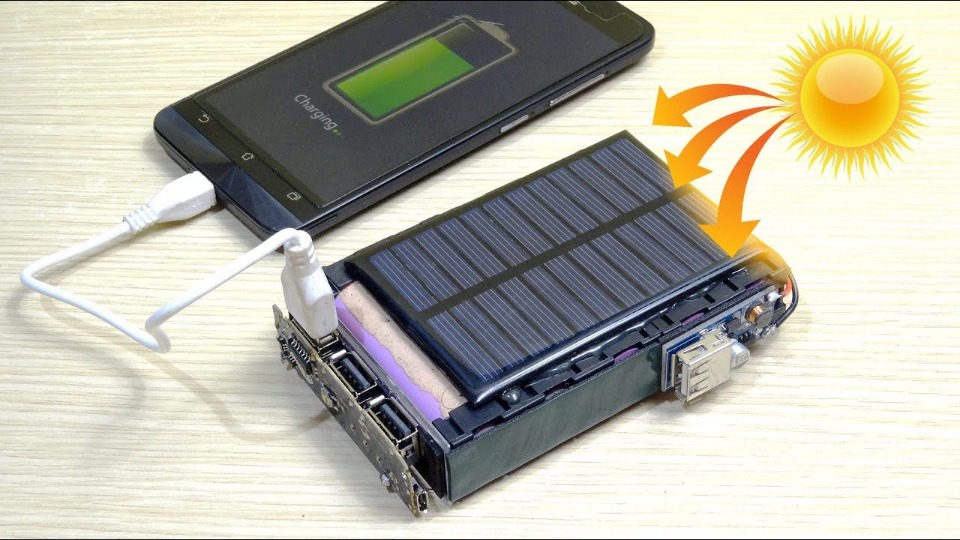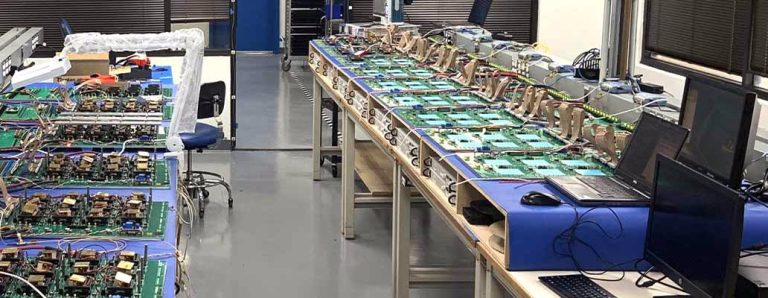How Do Solar Power Banks Work for Charging Devices?
Outdoor enthusiasts, travelers, and emergency preparedness advocates increasingly turn to solar power banks for their charging needs. These devices provide an essential solution for those who frequently find themselves away from traditional power sources. The best solar power bank harnesses the energy from the sun, enabling users to recharge their smartphones, tablets, and other gadgets without relying on conventional electricity. With a growing emphasis on sustainability and self-sufficiency, solar power banks represent a vital advancement in portable energy solutions. In this article, we will explore how solar power banks work, from capturing sunlight to storing energy, and how they effectively charge various devices.
Step 1: Capturing Sunlight with Solar Panels
How Solar Panels Work
Solar panels, often referred to as photovoltaic (PV) panels, are essential components of solar power banks. These panels consist of solar cells that capture sunlight and convert it into electricity through the photovoltaic effect. When sunlight strikes the solar cells, it excites electrons, generating direct current (DC) electricity. This electricity is then routed to the power bank’s internal battery for storage. Modern solar power banks utilize advanced materials and technologies to enhance energy capture and conversion efficiency. For example, the Anker SOLIX PS200’s monocrystalline solar cells are engineered to achieve an impressive energy conversion rate of up to 23%. This means that a larger percentage of the sunlight hitting the panel is converted into usable electrical energy.
Maximizing Solar Exposure for Optimal Charging
Positioning the solar panels correctly is crucial for achieving maximum energy capture. To optimize sunlight absorption, adjust the angle of the solar panels based on the sun’s position throughout the day. The Anker SOLIX PS200 offers four set angles for adjustment—30°, 40°, 50°, and 80°—ensuring that you can achieve the best possible exposure no matter where you are. This flexibility is particularly useful in varying seasons and weather conditions. Additionally, it’s essential to place the solar panels in an unobstructed area free from shadows cast by trees, buildings, or other obstacles. Keeping the panels clean and free from debris will further enhance their performance. Regularly check the angle of the solar panels, especially during the peak sunlight hours, to ensure optimal charging efficiency.

Step 2: Storing Energy in Built-In Batteries
How Energy is Stored
Once the solar panels convert sunlight into electricity, the next step is storing this energy in the power bank’s built-in battery. This storage allows users to access power when needed, even after the sun has set or when conditions are less than ideal. The internal battery typically uses lithium-ion technology, which provides a reliable and efficient means of energy storage. When you charge your devices using a solar power bank, the energy drawn from the battery is DC electricity, which can be converted to alternating current (AC) if necessary, depending on the device’s requirements. The capacity of the internal battery, measured in milliampere-hours (mAh), plays a significant role in determining how much energy the power bank can hold.
Battery Capacity Matters
Understanding the battery capacity is essential for selecting the right solar power bank. A higher mAh rating indicates that the power bank can store more energy, allowing it to charge multiple devices or larger gadgets like laptops more effectively. For instance, a power bank with a capacity of 20,000 mAh can typically charge a smartphone multiple times, while smaller units may only provide a single charge. When evaluating a solar power bank, consider both the battery capacity and the devices you intend to charge. Ensure that the power bank’s capacity aligns with your energy needs to avoid inconvenience during outings or emergencies.
Step 3: Charging Devices from the Stored Energy
USB Output and Device Compatibility
Solar power banks are equipped with USB ports that make them compatible with a wide range of devices, including smartphones, tablets, cameras, and more. This universal compatibility allows users to charge their gadgets wherever they go, making solar power banks an excellent solution for outdoor activities, travel, and emergency situations. Most solar power banks come with multiple USB ports, enabling users to charge several devices simultaneously. This feature is especially beneficial when traveling with family or friends, as everyone can keep their devices powered without searching for traditional electrical outlets.
Power Delivery for Quick Charging
Some solar power banks, including advanced models, support fast-charging technologies such as Quick Charge and Power Delivery (PD). These technologies allow for rapid charging, significantly reducing the time required to power up devices. For example, a PD-enabled power bank can deliver up to 100 watts of power, making it suitable for charging laptops or other high-demand devices quickly. With fast charging capabilities, users can rely on solar power banks to efficiently meet their energy needs, even during extended outdoor excursions or power outages.

Advantages of Using Solar Power Banks for Charging Devices
The adoption of solar power banks offers numerous advantages, particularly in promoting sustainability. First and foremost, solar energy is a renewable resource, meaning it can be harnessed without depleting the Earth’s natural resources. By utilizing solar power banks, users can significantly reduce their reliance on traditional electricity sources, contributing to a more sustainable lifestyle. Moreover, solar power banks are perfect for outdoor activities like camping, hiking, and picnicking. They provide an excellent solution for charging devices when grid power isn’t available. Additionally, having a solar power bank on hand during emergencies can be a lifesaver, allowing you to charge essential communication devices when needed.
Conclusion
In summary, solar power banks are innovative devices that harness the sun’s energy to charge your gadgets, offering a sustainable and convenient charging solution. By capturing sunlight, storing energy, and enabling quick device charging, they provide essential support for outdoor enthusiasts and those preparing for emergencies. As society increasingly seeks eco-friendly alternatives to traditional power sources, solar power banks represent a promising step towards a more sustainable future. Consider switching to solar-powered charging solutions, such as the Anker SOLIX PS200, to enjoy the benefits of renewable energy while staying connected on your adventures.







